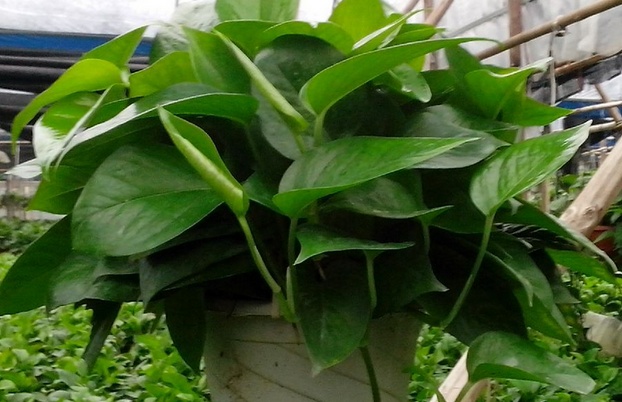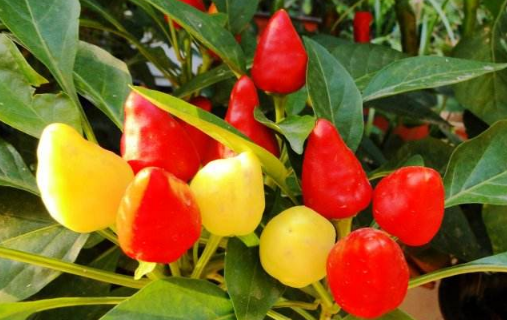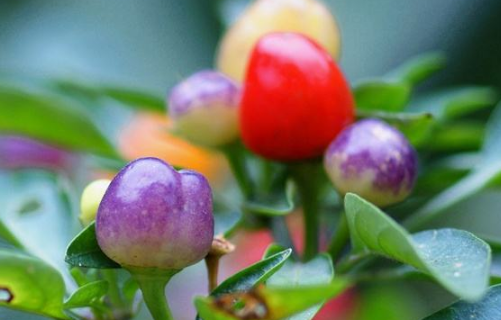Matters needing attention in the culture of Tripterygium
Defense against insect pests:
Pests can cause a devastating blow to plants. The disease that often occurs on the heart leaf vine is leaf spot disease. Therefore, we should be extra careful of insect pests and prescribe the right medicine in time.
two。 Daily care:
First of all, avoid exposure to the sun, but to be more sunny. Like by the window. The second is to often wipe off the dust on the leaves, first, to keep the leaves fresh green, and second, to promote leaf respiration.

Conclusion: the above is about the introduction of heart leaf vine culture and matters needing attention, can't wait to raise a heart leaf vine? Let's get moving!
Culture methods and matters needing attention of Tripterygium wilfordii
The requirement of Light in the Culture of Tripterygium paniculata
The heart leaf vine itself does not have a high requirement for light, but it is inseparable from it. At best, it can receive four to six hours of light a day. When the sun is not sufficient in winter, it can be exposed outside for a long time to get more sunlight. However, the cold weather in winter is very likely to cause frostbite at night, so we should pay more attention to it and treat it with a warm window if necessary. Summer, the weather is relatively hot, the sun is also more poisonous, therefore, it should be properly shaded.
Humidity requirements of Tripterygium mandshurica culture
The humidity requirements for the growth of Tripterygium wilfordii vary with the seasons, and less water can be added appropriately in winter, but in summer, because the sun is hot, the rate of water evaporation is faster than we imagined, so we can pour more water appropriately, but try to avoid watering it at noon, when the weather is hot and the stomata of the plant are open. At this time, watering will damage the stomata of plants and restrict the growth of heart-leaf vines.
Temperature requirements for the growth of Tripterygium
The optimum temperature for the growth of the heart leaf vine is between 5 and 15 degrees Celsius. According to this habit, the heart leaf vine can be reasonably protected and shaded in summer to avoid the death of the heart leaf vine caused by the high temperature. In winter, the plants should be kept warm to avoid frostbite or even frostbite to death.
Culture method of Tripterygium wilfordii 1. Supplementary fertilizers:
The heart-leaf vine needs to apply water-soluble fertilizer during the growing season, which is beneficial to the initial growth of the heart-leaf vine, which can be fertilized once or twice a month; on the contrary, it needs to stop fertilization in autumn and winter, because the heart-leaf vine almost stops growing in autumn and winter.
two。 Moisture requirements:
Xinyeteng prefers a semi-overcast and warm and humid climate, so it is obvious that its basin soil should be kept moist, especially in hot summer. It should be noted that when spraying water, it is necessary to spray water to the leaves, and to prevent the accumulation of water in the basin soil, otherwise the heart leaf rattan will not live long. Once a day in summer, once every three to five days in autumn, and try to keep it not completely dry in winter.
3. Daily maintenance:
Cutting, sowing, ramet and tissue culture are commonly used. Cuttings are the most popular. From May to September, take 2 ~ 3 nodes of robust stem and insert them into coarse sand to keep the environment moist. The temperature is 22 ~ 24 ℃, and it will take root 20 ~ 25 days after insertion. Sowing and propagation is to use indoor seedling tray sowing, the optimum temperature for germination is 25%-30%, germinate 10-15 days after sowing, wait until the seedling height 5-6 cm is moved to 8 cm pot. Ramet propagation is that when the plant grows taller, the side branches with aerial roots should be potted directly or picked first to help to have more branches, and when the side branches are 15-20 cm, cut off for pot planting.
- Prev

How to raise colorful peppers
The most suitable growth temperature of five-color pepper is 15-32 ℃. Summer temperature is too high, to give it shade, ventilation to achieve cooling, winter temperature is too low, to move into the indoor maintenance. Colorful pepper still likes the sun very much, and it should be given enough light during the growing period, which is beneficial to its growth.
- Next

Matters needing attention in culturing colorful pepper
1. When potted colorful peppers, generally choose an appropriate amount of pots, and there must be drainage holes under the flowerpots, otherwise it will hinder root respiration if it is not conducive to drainage. 2. Colorful peppers are easier to raise. Find some fertile soil and don't even need to apply fertilizer. But if you apply more urea and spray Yemanbao and other fertilizers at the beginning of flowering,
Related
- Fuxing push coffee new agricultural production and marketing class: lack of small-scale processing plants
- Jujube rice field leisure farm deep ploughing Yilan for five years to create a space for organic food and play
- Nongyu Farm-A trial of organic papaya for brave women with advanced technology
- Four points for attention in the prevention and control of diseases and insect pests of edible fungi
- How to add nutrient solution to Edible Fungi
- Is there any good way to control edible fungus mites?
- Open Inoculation Technology of Edible Fungi
- Is there any clever way to use fertilizer for edible fungus in winter?
- What agents are used to kill the pathogens of edible fungi in the mushroom shed?
- Rapid drying of Edible Fungi

